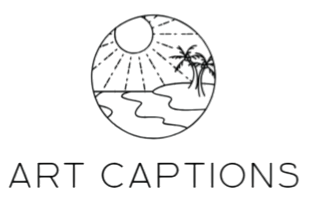Enhancing P&ID Piping and Instrumentation Diagram literacy is crucial for anyone involved in designing, operating, or maintaining process systems. One of the key aspects of P&ID interpretation is understanding the symbols used to represent various components, and among these, the check valve symbol is one of the most important. A check valve is a mechanical device used to allow fluid to flow in only one direction, preventing backflow in piping systems. This simple yet essential function can have a profound impact on the safety, efficiency, and longevity of the system. In a typical P&ID, a check valve symbol is often represented by a small circle or rectangle with a flow arrow passing through it. However, there are various types of check valves, and different representations can be used depending on the specific design or manufacturer.

The most common form of check valve symbol includes a spring-loaded mechanism, which is typically shown as a slanted line or arc across the valve body, indicating the internal spring’s action that helps keep the valve closed when the flow direction reverses. The valve’s orientation on the P&ID is essential for interpreting its function. The flow direction indicated by the arrow is crucial for understanding the valve’s purpose. A check valve allows the flow to pass through when the pressure on the inlet side is greater than that on the outlet, but when the pressure on the outlet side becomes greater than the inlet, the valve closes to prevent backflow. The P&ID provides a clear visual indication of the flow path, and interpreting this correctly ensures that the valve is installed and operates as intended. There are several types of check valves commonly depicted on P&IDs, including swing check valves, ball check valves, and diaphragm check valves. Each of these has its own specific symbol variations. For example, a swing check valve is represented with a hinged flap or disc, while a ball check valve may show a circular ball inside the valve body.
Understanding these different p&id symbols is essential for designers, operators, and maintenance personnel to ensure they select the right type of check valve for the application and correctly interpret how it fits into the larger system. The interpretation of check valve symbols also extends to their role in controlling flow, pressure, and preventing damage to pumps or other equipment in the system. For example, a check valve in a pump discharge line prevents reverse flow that could damage the pump when it is not operating. Similarly, in a steam or gas system, check valves help maintain system pressure and prevent hazardous backflow. In conclusion, enhancing P&ID literacy, especially in interpreting the check valve symbol, is a vital skill for anyone working in process industries. Proper understanding of the symbols and their meaning leads to better system design, smoother operations, and fewer maintenance issues. It is essential to study the variations of these symbols and understand their function in context to ensure accurate communication and safe, efficient system operation.



